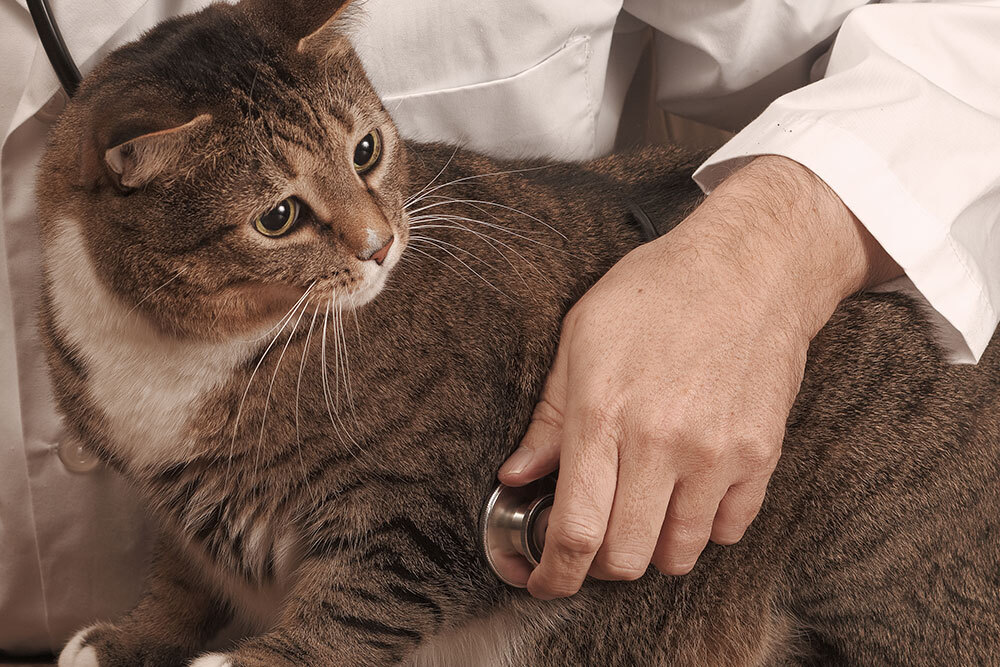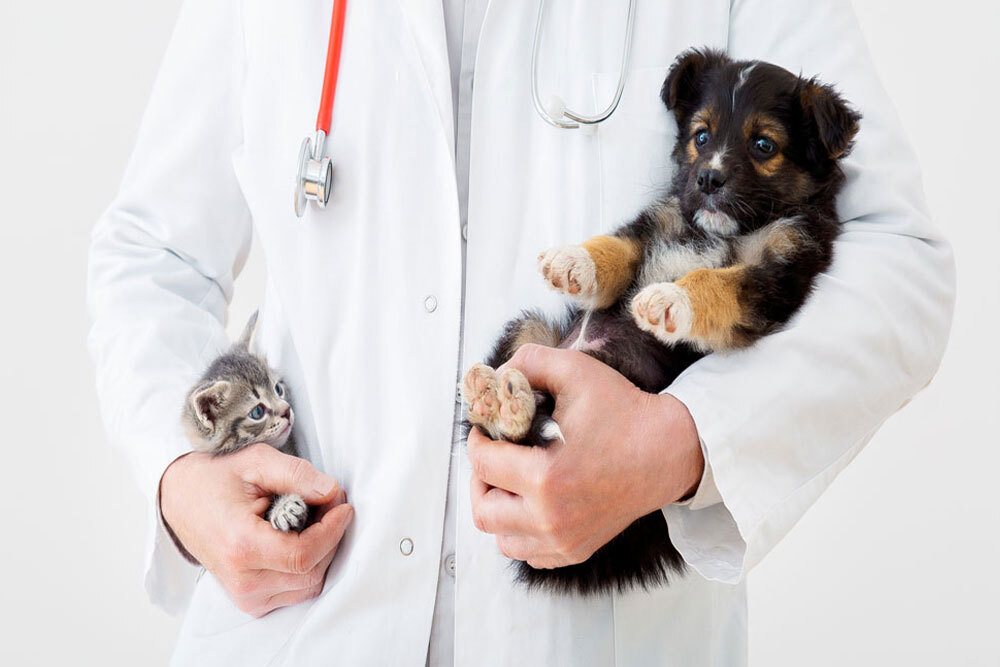How to Recognize Pet Emergencies: A Practical Home Exam Guide for Pet Owners
Pets are experts at hiding discomfort. This natural instinct can make it challenging for owners to know when something is truly wrong. When a dog or cat starts acting off, many pet owners wonder: Is this a wait-and-see situation, or an emergency that needs immediate care?
At Tidmore Veterinary Hospital in Northport, Alabama, helping pet owners feel prepared and confident during unexpected health scares is a big part of what makes strong partnerships between veterinary teams and families. This expanded guide will help you understand when to worry, how to do a quick yet meaningful physical exam at home, and what next steps can keep your pet safe. Feeling informed and prepared can make all the difference when minutes count.
Why It Pays to Know the Signs of a Pet Emergency
When emergencies happen, every moment matters. Prompt action can reduce pain, prevent complications, and even save a life. Many pet owners hesitate because they don’t want to overreact. But delaying care is one of the biggest risks. Common pet emergencies include:
- Trauma from being hit by a car, falling, or fighting with another animal
- Difficulty breathing or open-mouth breathing in cats
- Seizures, sudden collapse, or unresponsiveness
- Suspected poisoning or toxin exposure
- Bloat, especially in large dog breeds
Unsure whether to rush to the vet? Read Help! Is This a Pet Emergency? for quick guidance, and don’t hesitate to call Tidmore Veterinary Hospital for help deciding.
Common Questions Pet Owners Have
| Question | Quick Answer |
| How do I check my pet’s vital signs safely? | Stay calm, place fingers behind the left elbow on the chest wall, count heartbeats for 15 seconds and multiply by 4. Normal for dogs is 60-120 bpm, cats 140-220 bpm. Watch the chest for 30 seconds and multiply by 2 for breaths. Normal for dogs is 10-35, cats 20-30. Healthy gums are bubble-gum pink. |
| What if my pet tries to bite when hurt or scared? | Slip a soft gauze muzzle on dogs or towel-wrap cats; stop if it increases panic. A loose towel over the head or cone/e-collar can also help prevent bites. Transport in a secure carrier. |
| Can I use human first-aid supplies on pets? | Gauze, saline, and non-stick bandages are fine, but never give human medications or ointments unless directed by a veterinarian. Pain medications can be dangerous. |
| How should I describe symptoms to the vet? | Note when signs started, their frequency, and any triggers. Record a short video, list recent foods, meds, or possible toxins, and share gum color and vital signs. |
Prompt, clear details help Tidmore Veterinary Hospital prioritize true emergencies. The clinic sees urgent cases daily while open. Call (205) 339-5555 as you head to 2914 Lurleen B. Wallace Blvd, Northport, AL 35476, and the team will be ready to assist.
How to Perform a Basic Pet Physical Exam at Home
A quick, calm exam can reveal important clues. Here’s how to check your pet step by step.
1. Create a Safe Space
Approach your pet slowly, speaking in a soft voice. Avoid sudden movements. If your pet shows aggression from pain, stop and call your vet for guidance instead.
2. Observe Breathing
Watch your pet’s chest. Is breathing labored, noisy, or rapid? Panting when not hot or stressed is a red flag. Learn about warning signs with Respiratory Distress in Pets.
3. Check Gum Color and Capillary Refill Time (CRT)
Gums should be pink and moist. Pale, blue, or bright red gums can mean shock, poor oxygenation, or poisoning. Press a fingertip gently on the gum; color should return in two seconds.
4. Feel the Pulse
For dogs and cats, feel along the inner thigh (femoral artery). A racing or very weak pulse may indicate distress or shock.
5. Take the Temperature
A digital thermometer (rectal) is more reliable than an ear version, but few pets tolerate that well. Normal temperatures are about 100–102.5°F for dogs and cats. Call your vet if your pet is too stressed to tolerate this check. For a helpful refresher on basic checks, see Home Exam for a Sick Dog.
What to Look for From Nose to Tail
Use this quick list to guide your full-body check:
| Area | What to Check |
| Eyes | Cloudiness, discharge, unequal pupils |
| Ears | Swelling, redness, odor, or bleeding |
| Mouth | Excess drooling, bleeding, or foreign objects |
| Chest | Pain when touched, unusual lumps |
| Abdomen | Bloating, distension, or pain on touch |
| Limbs | Swelling, limping, or wounds |
| Skin | Rashes, wounds, or insect stings |
Keep notes on anything unusual. Take photos or short videos if possible; these can help your vet diagnose the problem.
Emergency Scenarios Pet Owners Should Never Ignore
Certain signs always need urgent veterinary care. Be prepared to act quickly if you see:
- Trauma: Falls or car accidents can cause internal injuries.
- Seizures: Note how long they last. Multiple seizures in 24 hours need urgent care. Take a look at CPR for Dogs and Cats for emergencies involving unconscious pets.
- Choking: A pet pawing at the mouth or struggling to breathe could need the Heimlich maneuver. Learn how with Dog Heimlich Instructions.
- Bloat: A swollen belly and unsuccessful retching can signal gastric dilation-volvulus, which is life-threatening.
- Toxin Exposure: Many foods, plants, and medications are toxic. Call ASPCA Poison Control for fast guidance.
Why Quick Action Matters
In many emergencies, the faster you act, the better your pet’s chance of recovery. A pet’s condition can worsen in minutes if the brain or organs are starved of oxygen. For example, poisoning often progresses- sometimes for days- before obvious signs appear. Trauma can be hidden from the adrenaline rush of the accident, but left untreated can lead to infection or internal bleeding.
How to Prepare for a Veterinary Visit
Bringing clear information helps the veterinary team act fast. Pack:
- Notes, photos, or videos showing the symptoms
- Any packaging from possible toxins
- Your pet’s medications and supplements
- Recent medical history or vaccination records
If your pet is anxious or in pain, bring a blanket or towel to keep them calm and safe in transit.
Helpful Preventive Steps at Home
Emergencies can’t always be avoided, but a few habits help:
- Pet-proof your home. Store medications, toxic foods, and cleaning supplies safely. Learn more at Preventing Pet Emergencies.
- Take a certified pet first aid course like the American Red Cross Cat and Dog First Aid Classes.
- Practice basic CPR and Heimlich techniques before you need them.
These steps build confidence and may even save a life.
FAQs About Pet Emergencies
How can you tell if it’s urgent? Always better to err on the side of caution. Call your vet or go to the nearest emergency vet.
What if you cannot afford emergency care? Talk to your vet about payment options or credit plans. Some communities also have emergency aid resources for pets.
What if the vet clinic is closed? Locate the nearest 24-hour emergency hospital in advance. Keep numbers saved in your phone and posted on your fridge.
In an Emergency, Call Tidmore First
When seconds matter, Tidmore Veterinary Hospital makes urgent cases top priority. Phone (205) 339-5555 on your way to 2914 Lurleen B. Wallace Blvd, Northport—weekdays until 5:30 p.m. or Saturdays until noon—and the team will be ready the moment you arrive. Questions between visits? Send a message or book an appointment to stay one step ahead of trouble. Whether it’s pale gums, labored panting, or sudden collapse, recognizing the signs and phoning Tidmore puts swift, expert care in motion.









Leave A Comment